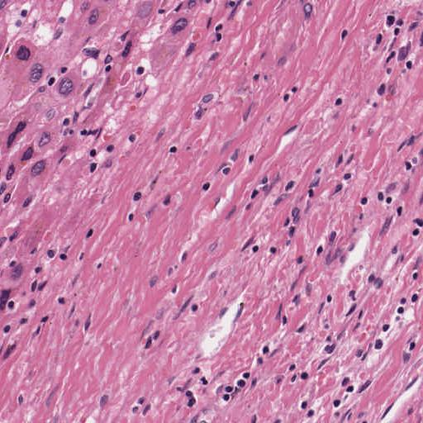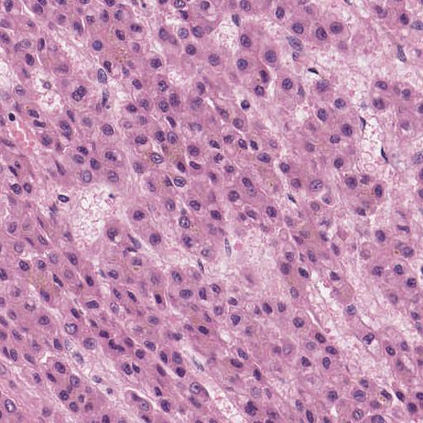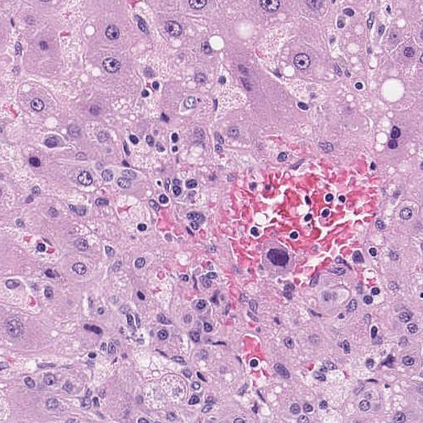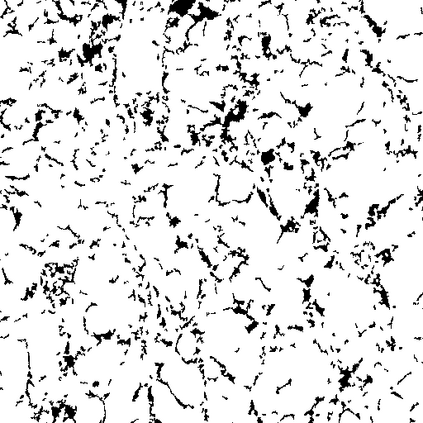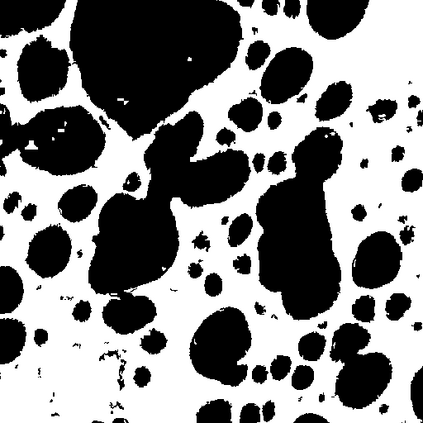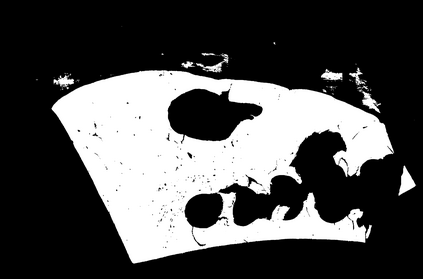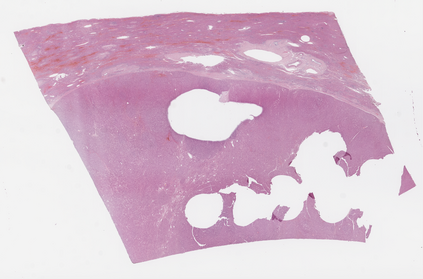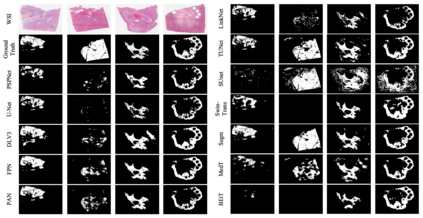Histopathology has played an essential role in cancer diagnosis. With the rapid advances in convolutional neural networks (CNN). Various CNN-based automated pathological image segmentation approaches have been developed in computer-assisted pathological image analysis. In the past few years, Transformer neural networks (Transformer) have shown the unique merit of capturing the global long-distance dependencies across the entire image as a new deep learning paradigm. Such merit is appealing for exploring spatially heterogeneous pathological images. However, there have been very few, if any, studies that have systematically evaluated the current Transformer-based approaches in pathological image segmentation. To assess the performance of Transformer segmentation models on whole slide images (WSI), we quantitatively evaluated six prevalent transformer-based models on tumor segmentation, using the widely used PAIP liver histopathological dataset. For a more comprehensive analysis, we also compare the transformer-based models with six major traditional CNN-based models. The results show that the Transformer-based models exhibit a general superior performance over the CNN-based models. In particular, Segmenter, Swin-Transformer and TransUNet-all transformer-based-came out as the best performers among the twelve evaluated models.
翻译:在癌症诊断中,病理学在病理学病理学学上发挥了不可或缺的作用。随着进化神经网络(CNN)的快速进步,在计算机辅助病理图象分析中开发了各种CNN自动病理图象分解方法。在过去几年中,变异神经网络(Transer)显示,将全球长距离依赖全图象作为新的深层学习模式,具有独特的优势。这种优势有助于探索空间上差异性病理学图像。然而,由于以CNN为基础的变异模型在病理图象分解中系统评估当前以变异器为基础的方法的研究(如果有的话)很少。为了评估整个幻灯片图象变异器分解模型的性能,我们用广泛使用的APIP肝脏病理学数据集对肿瘤分解的六个流行变异变器模型进行了定量评估。为了更全面的分析,我们还将基于变异器的模型与六种以CNN为基础的主要传统模式进行比较。结果显示,以变异器为基础的模型在CNN的模型中展示了一般优异性表现。特别是,分段器、Swin-Transfor-trafor和Trades-Transall-traction-dall-dall-tractionerview-ders作为最佳的模型。

